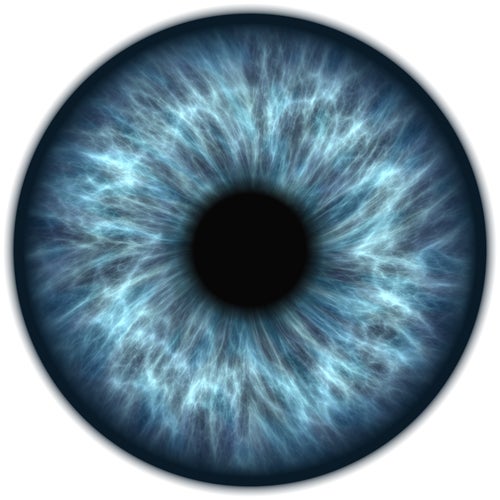In order to achieve our scientific goals, we participate in infrared instrument development for ground- and space-based telescopes. We have participated in two science instrument teams (NIRCam and NIRISS) for the James Webb Space Telescope, as well as multiple instrument projects for current 6-10 meter class telescopes as well as future extremely large telescopes (ELTs). On-going projects include ERIS to be utilized with the adaptive secondary of UT4 on the ESO VLT as well as METIS under development as a first generation instrument on the European Extremely Large Telescope. We are also working to bring high contrast mid-IR instruments to Gemini South, Magellan, and eventually the TMT. Recent references include SPIE papers on ERIS (Boehle et al. 2018), TIKI for Gemini South (Blain et al. 2018), MICHI on the TMT (Packham et al. 2018), and METIS on the E-ELT (Brandl et al. 2021).
The University of Michigan has access to the 2.4 and 1.3 meter telescopes of MDM as well as a significant share of both Magellan 6.5 meter telescopes. New projects include enhancing diffraction suppression and spectral dispersion capabilities to improve planet detection and characterization with MagAO at Magellan from 1-5 microns with the CLIO in collaboration with colleagues from the University of Arizona. We are also exploring ways to utilize access to MDM for exoplanet research.

Our new laboratory at the University of Michigan has been updated to support infrared detector testing. A test dewar was designed, manufactured, and is now operational in our lab as of January, 2020. A paper describing the cryostat was published in December, 2020. The lab, located in 2280 Randall Hall, has a clean room, as well as pump room with power and water cooling to support two cold cycle coolers. We are currently testing a new mid-infrared testing, Geosnap, from Teledyne Imaging Sensors. This detector should have twice the quantum efficiency of previous generations of mid-IR detectors, as well as lower noise. Current testing work is supported by the Templeton World Charity Fund.
A major reason for this detector testing is to support future mid-IR instruments on current and future telescopes. An upgrade to the MIRAC camera (now referred to as MIRAC-5) with a new detector and interface with the MMT (with MAPS AO) and Magellan (with MagAO) is underway. This will provide 8-13 micron AO-assisted imaging at contrast superior to JWST. This project, funded by the Heising-Simons Foundation, is done in collaboration with Jarron Leisenring, Katie Morzinski, and Bill Hoffmann (University of Arizona). This upgrade will facilitate the mid-infrared characterization of planets found in high contrast imaging surveys at shorter wavelength, constraining nitrogen abundances due to the strong NH3 features at 10.6 microns. A recent presentation on this new capability made at the regional Bay Area Exoplanets Meeting. The system will also be used to study brown dwarf companions. With additional upgrades, we could also attempt direct detection of forming protoplanets embedded in circumstellar disks, and cold planets around mature stars found through radial velocity studies (e.g. eps Eri and eps Indi A b). This work is complementary to work our group will carry-out with JWST described elsewhere. The Geosnap detector is planned for use in mid-IR instruments for both the ESO 39 meter ELT (METIS) as well as the TMT (MICHI). Thus far we have issued several reports on the properties of the Geosnap detector for interested stakeholders and plan to publish results in 2022.
We are involved in the US ELT Program, including participation in several white papers submitted to the Astro2020 Decadal survey, particularly in the area of star and planet formation, exoplanet detection, and characterization.
Our lab is also exploring new opportunities to contribute to space-based instrumentation to discovery and characterize exoplanets. At the moment we are collaborating with Prof. John Monnier and others at UM exploring small sat opportunities to demonstrate formation flying. Such demonstrations are needed to support future projects such as the LIFE mission, recently endorsed by the ESA Voyage 2050 process as a candidate mission concept needing further study. Prof. Meyer serves on the International Advisory Board for LIFE. We are also part of the Science Team for TOLIMAN, a small sat concept under study at JPL. TOLIMAN would measure the relative astrometric positions of components of nearby binary star systems in order to search for small planets as targets for future imaging. Our team is planning to measure the relative pixel locations of the selected CMOS detector at a precision of better than 1:10,000.



